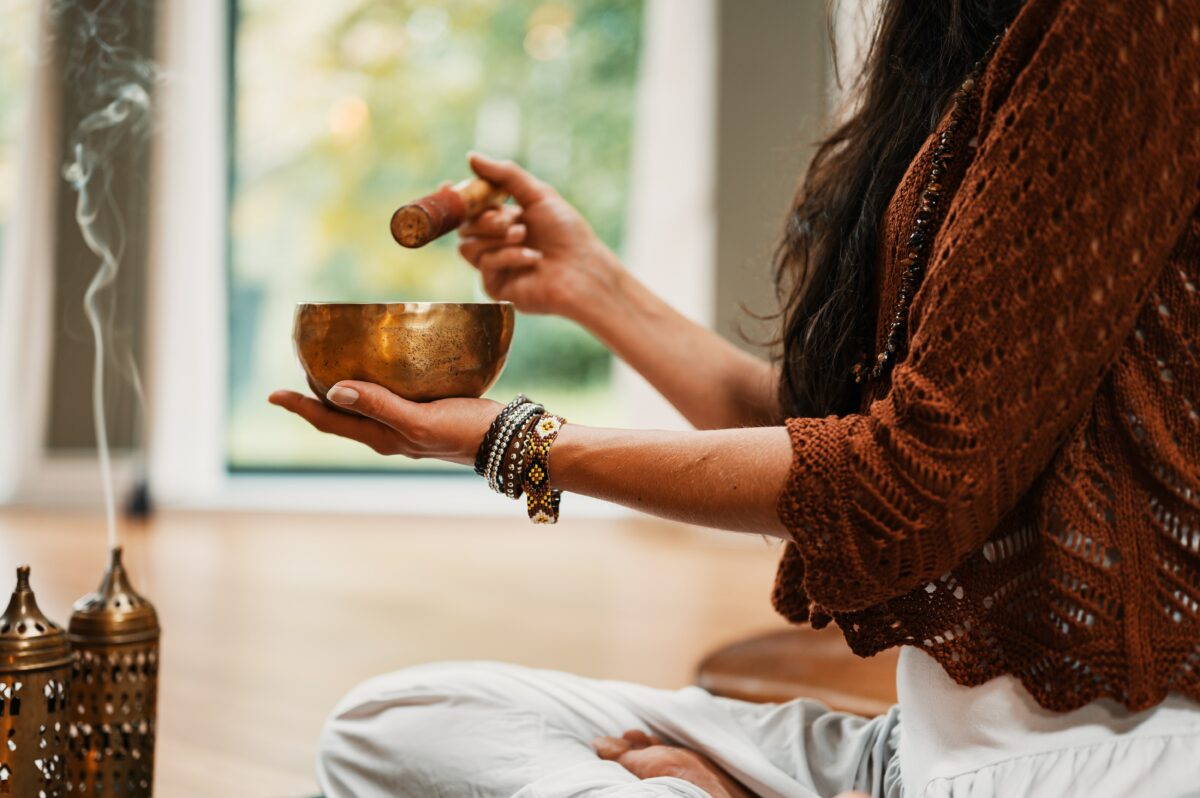Meditation is a great technique for calming the mind, lowering stress, and enhancing general welfare. Creating a sacred area for meditation where you may retreat and concentrate your energies is one method to improve your practice. Here are some tips and recommendations for making your home a sacred area for meditation.
Choose the Right Location
Choosing the ideal place is the first step in creating a sacred area for meditation. Choose a place in your house where you can withdraw and concentrate your energy. A corner of your bedroom, a separate room, or even a portion of your lawn could be the location. Choose a place that seems serene and welcoming to you.
Incorporate Sacred Objects
Including spiritual items in your meditation area can improve the vibe and foster a sense of calmness and peace. Crystals, candles, incense, and religious symbols like the Om symbol or a mandala are a few typical items to think about incorporating. Choose items that are meaningful to you personally and contribute to the holiness of your place.
Create a Calming Atmosphere
Relaxation and focus can only be encouraged by having a peaceful environment in your meditation space. Consider using gentle blues or greens as well as other decor elements to create a peaceful and quiet environment. To create a relaxing atmosphere, think about including soft lighting or natural elements like plants or a small water feature.
Eliminate Distractions
Eliminating distractions is one of the essential elements of a fruitful meditation practice. Make sure your meditation space is free from clutter and distractions such as electronic devices or loud noises. This will help you maintain focus and concentration while practicing meditation.
Make it Personal
Your meditation space ought to mirror your own vitality and purpose. Don’t be hesitant to add items that have special meaning to you, such as a beloved piece of art or a picture of a loved one. This will help to create a sense of familiarity and comfort in your space.
In conclusion, setting up a sacred environment for meditation is a powerful method to improve your practice and encourage serenity and peace in your daily life. You can create a space that supports your purpose of connecting with your inner self by using these suggestions and instructions. Build one that feels warm and intimate and make sure it feels authentic and significant to you because your meditation space reflects your energy and intention.



